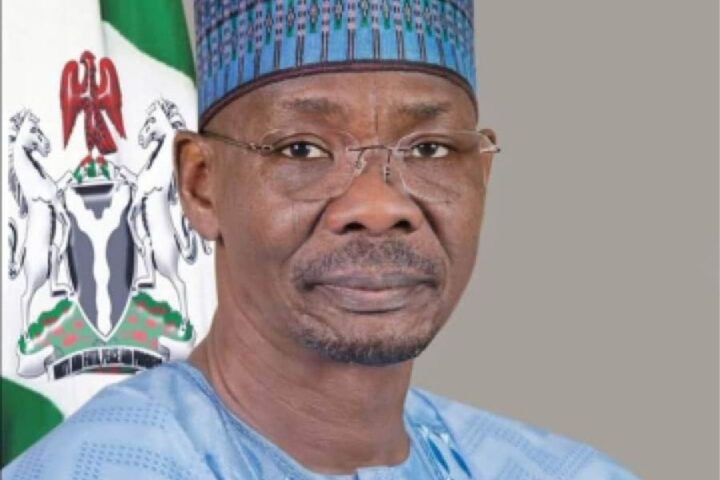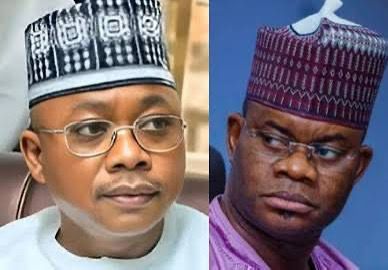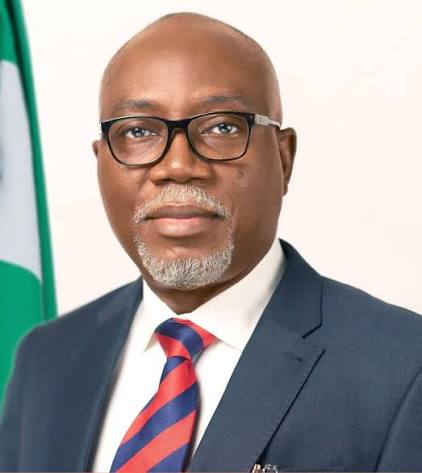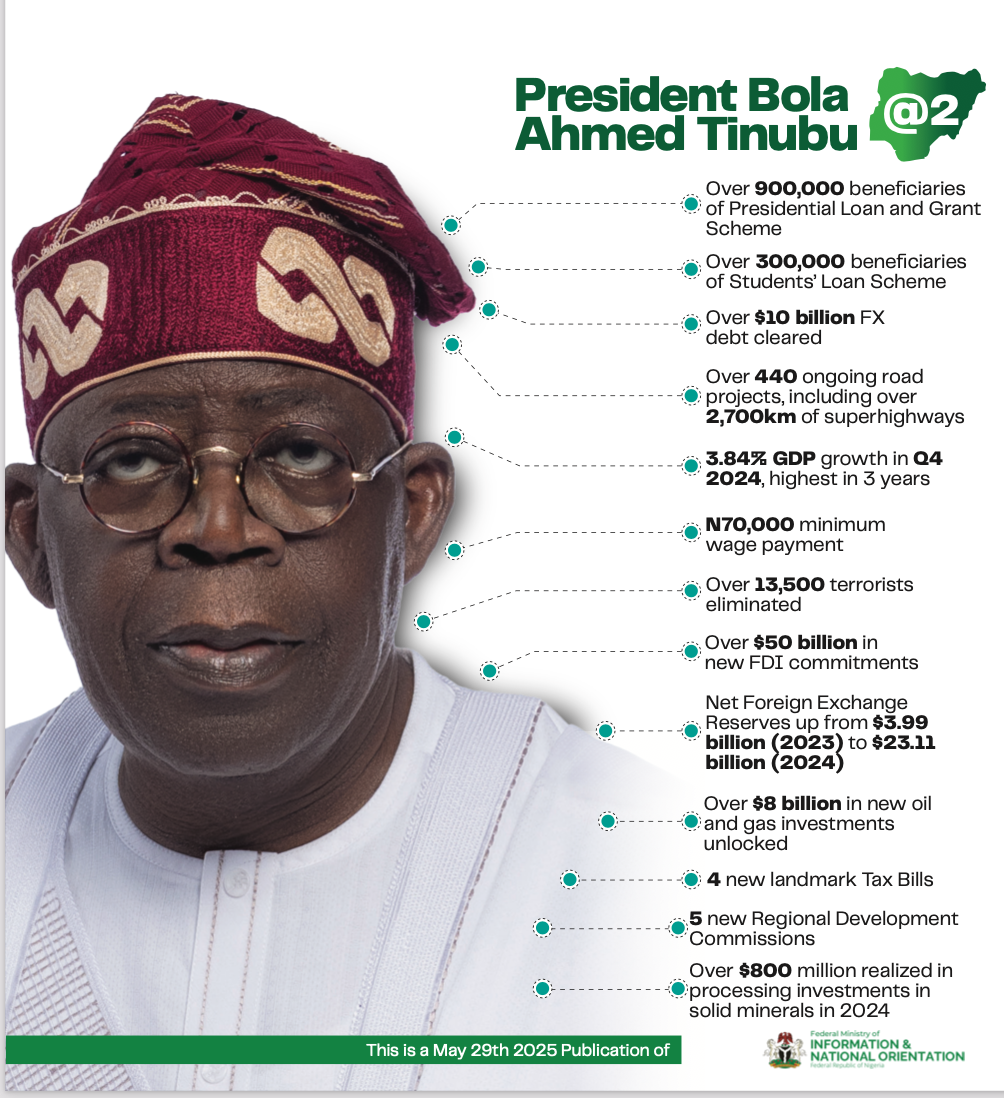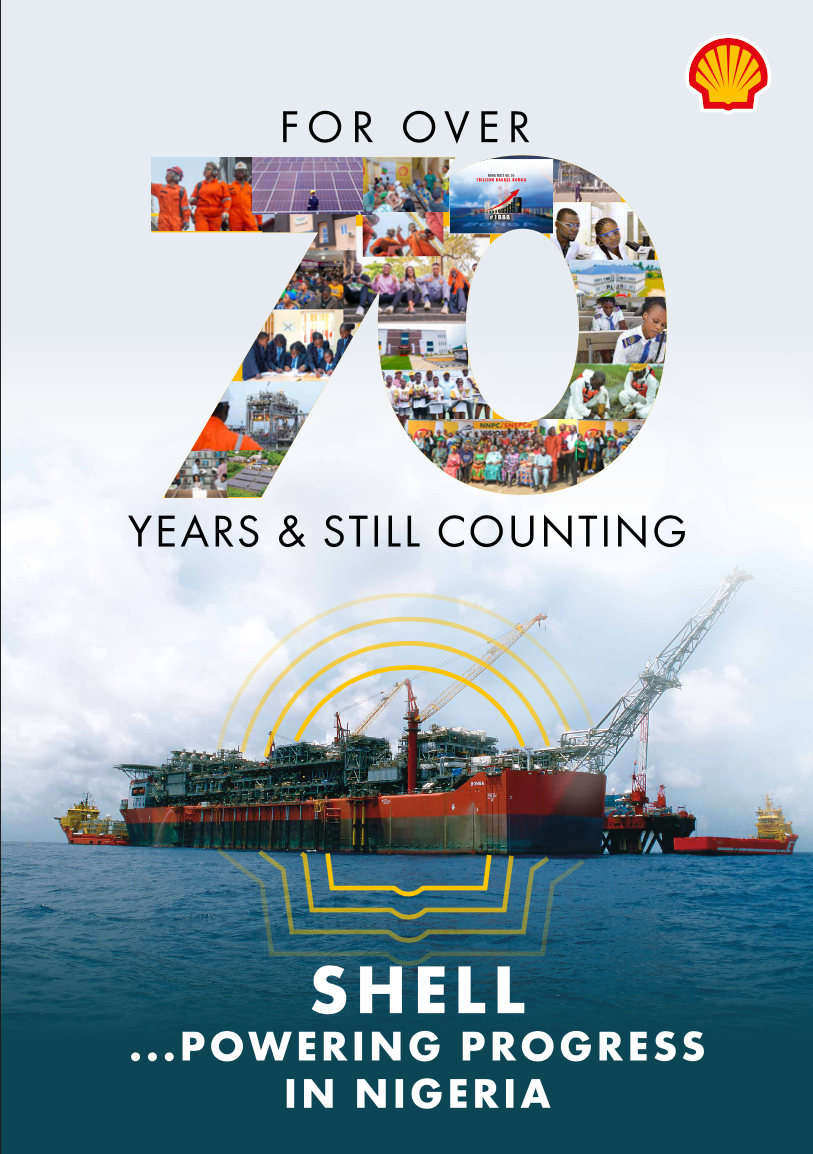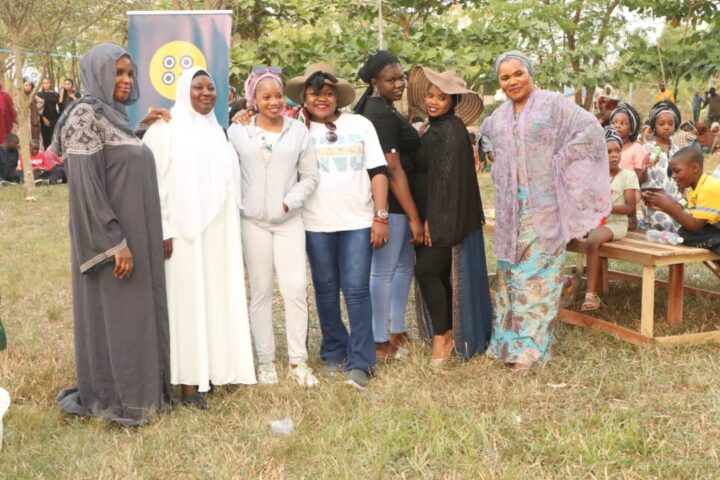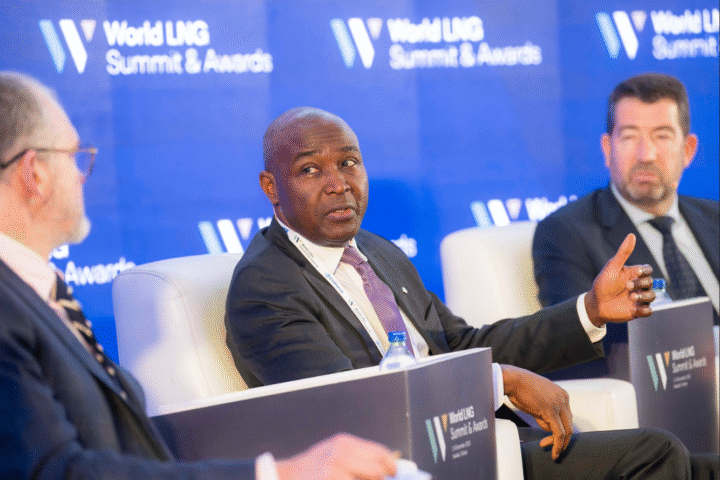By Zayyad I. Muhammad
Governor Ahmadu Umaru Fintiri has faced criticism from some members of the opposition. However, their critique tends to revolve around a single recurring theme: that his developmental agenda is overwhelmingly infrastructure-centric.
His signature projects include the construction of flyovers, underpasses, overpasses, superhighways, 8-lane roads, shopping complexes, the proposed modern international conference center, and a world-class stadium, among others. Critics argue that this concentration on physical infrastructure overshadows other essential socioeconomic sectors.
But Is This criticism Entirely Fair?
A closer examination reveals three underlying dynamics behind such critiques:
Urban-Centric Perspectives: Many of Fintiri’s critics are city-based and mostly live outside the state. They only visit Yola and often engage in commentary from the comfort of armchairs, with little engagement or firsthand experience of the broader realities across the state.
Misconceptions About Adamawa’s Identity: There’s a lingering belief among some that Adamawa should remain a largely agrarian, semi-urban state. As a result, they find the scale and ambition of infrastructural development unfamiliar and even unsettling.
Limited Exposure To Rural
Developments: Many critics rarely travel beyond Jimeta-Yola. Their view of the state is limited to urban centers, and they are often unaware of transformative projects taking place across rural and underserved communities.
Governor Fintiri’s approach to governance is far more multifaceted and inclusive than his critics acknowledge. His development strategy is both systematic and strategic, combining reductionist precision with holistic vision.
It touches all socioeconomic sectors, ensuring that every community receives not only what they want, but, more importantly, what they genuinely need. No part of the state is favored over another; development is equitably distributed based on thorough needs assessment and long-term planning.
One of the key pillars of his strategy is the classification of developmental priorities into “needs” and “wants.” While urgent needs are tackled first, such as healthcare, security, education, and infrastructure, aspirational wants are also addressed in due time, ensuring balanced progress.
In Northern Adamawa, for example, especially in areas scarred by insurgency, the government’s priority was to restore normalcy and rebuild lives. This included:
• Renovating schools and re-establishing the education system.
• Restoring farmsteads and economic livelihoods.
• Rehabilitating critical infrastructure such as roads, water supply systems, and electricity.
• Empowering communities through skills training and support programs.
• Constructing educational institutions, including mega science secondary schools and comprehensive nursery, primary, and junior secondary schools.
• Providing healthcare access through new cottage hospitals.
• Launching youth and women empowerment programs via PAWECA.
• Supporting agriculture through programs like the 300-hectare Youth Agricultural Empowerment Scheme.
• Creating job opportunities via civil service employment and entrepreneurship support.
The same model was applied to Central and Southern Adamawa. Each community’s unique socioeconomic landscape was assessed, and interventions were designed to meet specific needs.
Whether through road construction, rural electrification, school renovation, market development, or agricultural support, the government delivered solutions that were both localized and scalable. The hallmark of this approach is that it is context-sensitive, data-driven, and people-centered.
Even in urban centers like Jimeta-Yola, where Fintiri’s physical projects are most visible, the development extends far beyond roads and bridges:
• The Specialist Hospital in Yola has been transformed with modern equipment, including one of Nigeria’s most advanced medical laboratories, complete with MRI and CT scanning facilities.
• The Jimeta and Yola water treatment plants have been rehabilitated, although distribution is still challenged by rampant constructions on pipeline corridors.
• Security has improved significantly, with a notable reduction in youth gang activities, especially the menace of the Shila boys.
• Youth and women empowerment has advanced through programs like PACEWA.
• Environmental sustainability is being promoted through initiatives like city greening under the ACReSAL project.
• Primary healthcare services have received consistent support.
• Local and international scholarship programs are giving Adamawa youths new opportunities.
• Civil service reforms are strengthening governance, while social and cultural programs are reinforcing community identity and cohesion.
• The 1000 housing units is at its completion stage to ease housing needs
- Communities that suffer from yearly flooding have had their problems permanently resolve
Governor Ahmadu Umaru Fintiri’s development style is comprehensive, inclusive, and thoughtfully executed. It is grounded in a well-structured, methodical approach that integrates both short-term impacts and long-term sustainability.
His governance model defies simplistic classifications, it is not merely about infrastructure or physical projects; it is about laying the foundation for a resilient, prosperous, and equitable Adamawa State.
Governor Ahmadu Umaru Fintiri’s development strategy is inclusive, based on a systematic and structured approach that blends reductionist and holistic methods to ensure that everyone, everything, and everywhere is positively impacted.
His critics may continue to focus on flyovers, underpasses , superhighways, solar streetlights, renovations of government houses, courts conference centers, shopping complex and bridges, but those who venture beyond Jimeta-Yola will see a broader picture: one of transformation, renewal, and inclusive growth across all sectors and communities.
Zayyad I. Muhammad writes from Abuja.



